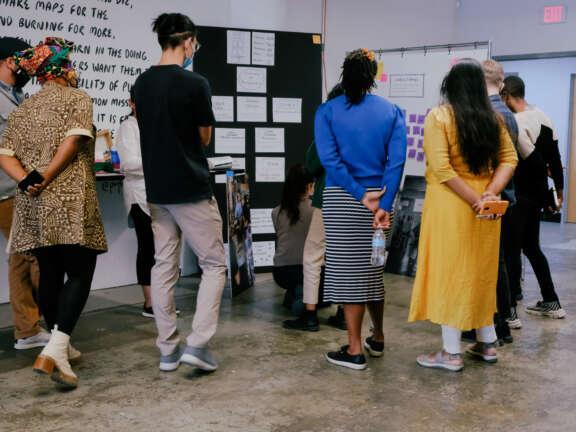
Letters sent by public institutions are often confusing and stressful. This course will deepen your understanding of what such letters are doing “wrong,” and give you the tools to improve them. You’ll gain clarity and context for common challenges. You'll also learn human-centered design principles that can make your correspondence more compassionate, and easier for residents to understand and act on.
course outcomes
Understand and identify best practices in correspondence design.
Evaluate existing correspondence using best practices.
Prototype new correspondence using best practices.
Map what an HCD correspondence redesign project will look like.
Advocate for redesigning correspondence.
What you'll learn
Welcome to Correspondence+
- Course overview
- Preparing to learn
- HCD principles
What is Correspondence?+
- Correspondence today
- Types of correspondence
- Activity: What’s Wrong Here?
Principles of Correspondence Design+
- Case Study: Correspondence in Michigan
- Activity: Choose an Artifact
- Principle 1: Speak like a human
- Principle 2: Action-oriented
- Principle 3: Urgent
- Resource: Design Assessment Checklist
Prototyping New Correspondence+
- The power of prototypes
- Activity: Assess, Annotate, Revise
Next Steps+
HCD roadmap for applications
Continue your learning
Templates and tools
Enroll as a team
Learning is better as a team sport. Practica supports collaborative learning through paid cohorts—group learning experiences facilitated by Civilla staff. Together with your colleagues, you’ll participate in workshops, be guided through one or more Practica courses, get coaching from Civilla design experts, and make significant progress applying HCD to priority projects.
